Copper demand is believed to rise over the next two decades due to the global transition towards clean energy sources. The combination of rising demand and low supply has investors wondering if they should add copper ETFs to their portfolios. So, what are the best copper ETFs to buy now? Let’s dive in.
Best Copper ETFs
Global X Copper Miners ETF (NYSEARCA: COPX)
COPX is a targeted play on copper mining and seeks to track the performance of the Solactive Global Copper Miners Total Return Index.
Solactive Global Copper Miners Index exposes investors to a basket of copper mining companies worldwide.
Among its 41 entities, 33% are based in Canada, 11% in Australia, and 9% are in the United States.
The list is topped by giants like Antofagasta PLC (LON: ANTO), First Quantum Minerals Limited (TSE: FM), and Freeport-McMoRan Inc (NYSE: FCX).
Most of these companies are primarily engaged in mining, exploring, and refining copper and other metals.
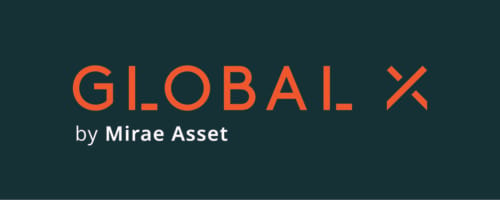
Investing in miners is a clever alternative to gain exposure to copper or copper futures contracts; however, they do not provide a direct correlation to the spot price of copper.
Many influencing factors affect the stock price of mining companies, extending far beyond the price of copper.
For example, a miner could run into challenges with their operation, which could negatively affect their output. In this case, the company could lose value regardless of the direction of copper prices.
Yet, indirect exposure to the commodity doesn’t necessarily have to be bad.
Miners offer diversification into other metals and a dividend yield that may come in handy when copper underperforms.
Copper is a critical metal, but it tends to be disregarded in favor of other metals like gold and silver.
Diversification could enhance the performance of a copper ETF if the price of copper lags behind its relatives.
The Global X Copper Miners ETF has delivered negative returns of less than 1% since its inception.
This was mainly a result of the ETF launching when the market price of copper was at an all-time high.
COPX has recovered much of its losses, and this trend is in line with the rise of copper market prices.
The ETF has performed well in recent memory, despite a long-term lag in returns. Since its 2020 bottom, the copper ETF has delivered investors over 20% gains.
The Global X Copper Miners ETF pays investors a generous annual dividend yield of 3.04%.
The fund expenses will not set back investors much as the ETF charges an expense ratio of 0.65%. Its net asset value (NAV) is $1.55 billion.
COPX is trading at a fair price-to-earnings ratio of 9.58x and a price-to-book value of 1.18. These metrics could point to a compelling valuation.
Related: The 6 Best Copper Stocks To Buy Right Now!
United States Copper Index Fund (NYSEARCA: CPER)
The United States Copper Index Fund works slightly differently because the ETF does not hold any companies.
Instead, CPER uses a complex mix of eligible copper futures contracts and cash to track the SummerHaven Copper Index.
The SummerHaven Copper Index is intended to reflect the performance of a copper futures portfolio.
Owning a futures ETF offers shareholders a convenient and cost-effective alternative to investing in copper futures contracts.
Futures contracts can be challenging for unseasoned and/or passive investors.
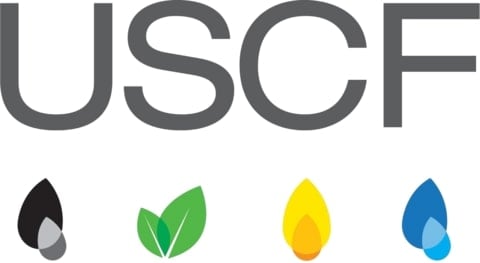
Investing in futures requires greater experience and maintenance due to their leverage and expiration.
They incur more costs and could require you to maintain a higher balance in your account, to meet leverage requirements.
A great example of its complexity occurred during the 2020 pandemic when the price of oil futures turned negative. Leverage built into those contracts left many unseasoned investors in the red and owing money back brokers.
By investing in a futures ETF, investors can gain exposure to performance similar to that of futures contracts. Except, the ETF will require fewer complexities and have fewer costs involved.
While a copper ETF could save investors money compared to purchasing futures contracts, it still comes at a high cost.
The United States Copper Index Fund charges investors a total expense ratio of 0.88% — a fee higher than that of the typical stock ETF, but much lower than those associated with trading futures.
The United States Copper Index Fund has underperformed since its inception by nearly 2%; however, it has delivered 1.54% returns in the past five years.
CPER could be a better way for investors to track the spot price of copper than a miner’s ETF; however, it does have its drawbacks.
Futures ETFs don’t pay a dividend. Therefore, CPER shareholders can only benefit from capital gains derived from the rise in copper market prices.
But that’s not the only thing. As a result of maintenance fees, the ETF could lag behind copper prices over the long run, decreasing returns.
Would you rather invest in companies or commodities? If your answer is commodities, then CPER could be your better choice.
iPath Series B Bloomberg Copper Subindex ETN (NYSEARCA: JCC)
The iPath Series B Bloomberg Copper Subindex Total Return ETN also does things a little differently.
JCC is structured as an exchange-traded note (ETN), not an exchange-traded fund (ETF). The copper ETN seeks to track the performance of the B Bloomberg Copper Subindex Total Return.
The Bloomberg Copper Subindex reflects the potential returns of copper futures contracts, which is why the ETN invests in copper futures.
ETNs are somewhat similar to ETFs as they both seek to track the performance of a market benchmark, and both trade like a stock. But they do have some differences as they both own two different underlying assets.
An ETN works similarly to a bond or debt. An institution typically issues it and pays the shareholder a return on the index it tracks once it reaches maturity. 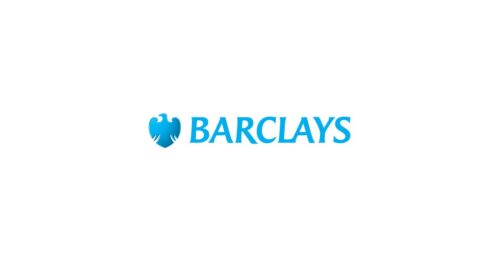 In comparison, an ETF owns the securities of the index it tracks. For example, an ETF that tracks the Nasdaq will own all the stocks in equal proportions in the index.
In comparison, an ETF owns the securities of the index it tracks. For example, an ETF that tracks the Nasdaq will own all the stocks in equal proportions in the index.
ETNs are inherently more risky than ETFs and could have diminishing returns due to their fees.
An ETN is highly dependent on the ability of the issuer to pay back investors. Therefore, investors must keep an eye on the health of the issuing entity.
In the case of JCC, the issuing entity is Barclays Capital, a British bank that traces its origin back to 1690.
A recent example of issuer risk happened when Barclays suspended sales for 30 of its ETNs, including JCC. The suspension was due to a need for the bank to amend its 2021 financial statements.
The iPath Series B Bloomberg Copper Subindex ETN charges a modest expense ratio of 0.45%, a discounted rate compared to CPER.
The lower expense ratio also means that the copper ETN tracks closer to the price of copper.
JCC may be the investment vehicle that tracks closest to the price of physical copper in our list.
This offers investors a pure-play choice without purchasing the physical asset.
Similar to CPER, JCC does not pay dividends, as it’s not comprised of revenue-generating companies.
Overall, the copper ETN has returned a total return of 0.34% to investors since its inception in 2018.
Are Copper ETFs a Good Investment?
A rise in demand combined with a lack of supply could make copper ETFs a compelling portfolio asset.
Copper is a versatile commodity used as a raw material across several sectors.
The metal is an exceptional conductor of heat and electricity used in constructing homes, phones, cars, and more.
Its connective properties make it a fundamental building block of the global clean energy future envisioned by policymakers.
This trend could drive demand for copper as a critical component of EVs, wind energy, and other clean energy technologies. A recent report forecasted that demand could double between now and 2035.
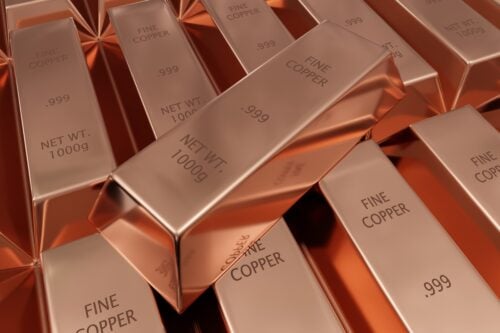
The same report also notes that there may not be enough minerals available to meet the rising demand. This lack of supply and rise in demand could send prices in a squeeze upwards.
Mines could take a long time to come online, up to 15 years or more, slowing down the reaction time to a lack of supply. The combination between high demand and lag in meeting supply could provide a long-term growth opportunity for copper.
Signs of supply shock may already be evident as news of empty copper warehouses in China circulate. A continuation of this trend could provoke a squeeze earlier than expected.
This could have partly been the cause behind the largest daily percentage rise in copper prices since 2009.
The hike occurred on November 4, 2022, when the metal gained nearly 8% in a single day, culminating in a multi-day 16% run.
However, investors should consider the risks associated with copper. Copper mining carries environmental risks, which could present challenges for the sector.
Commodities could also serve as an inflation hedge for investors looking to diversify their portfolio amid inflationary pressures.
Those considering taking on the risk may have limited ways of exposure to the commodity.
Copper exchange-traded funds could be an excellent alternative to owning physical copper. Futures are also an option, but their complexity, costs, and risks may not be for everyone.
Although copper has corrected with the rest of the market, it remains well above its 2020 bottom levels.
The price of copper has been mostly making higher lows on the monthly price chart since the early 2000s.
This could indicate a price uptrend, which could be suitable for investors seeking capital appreciation.
The price of copper topped at nearly $5 per pound in April 2022.
The metal had a 2020 market bottom price of nearly $2, less than double its 2022 top. This shows that the metal has a wide range and could give investors equal returns.
The copper ETFs in this article are all very different and offer various performance benchmarks and risk profiles. With so many different options, there could be one that could fit your investment strategy.
Now that you know more about copper ETFs, you might consider adding one (or more) to your portfolio.
You might also like:
The 7 Best Cybersecurity ETFs To Buy Now

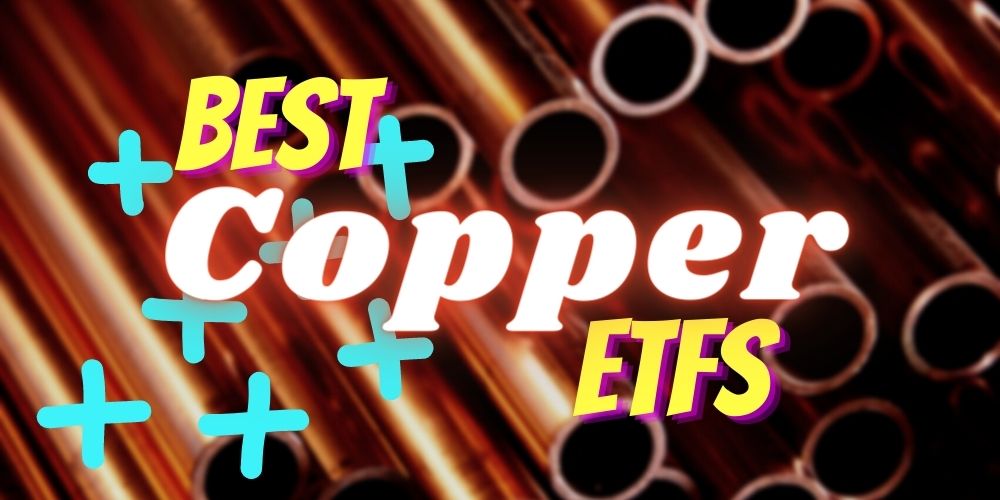
 Tags:
Tags:










